Bamboo Magic
In a chat with The NE Stories, Varuni talks about her inspiration and the importance of bamboo.
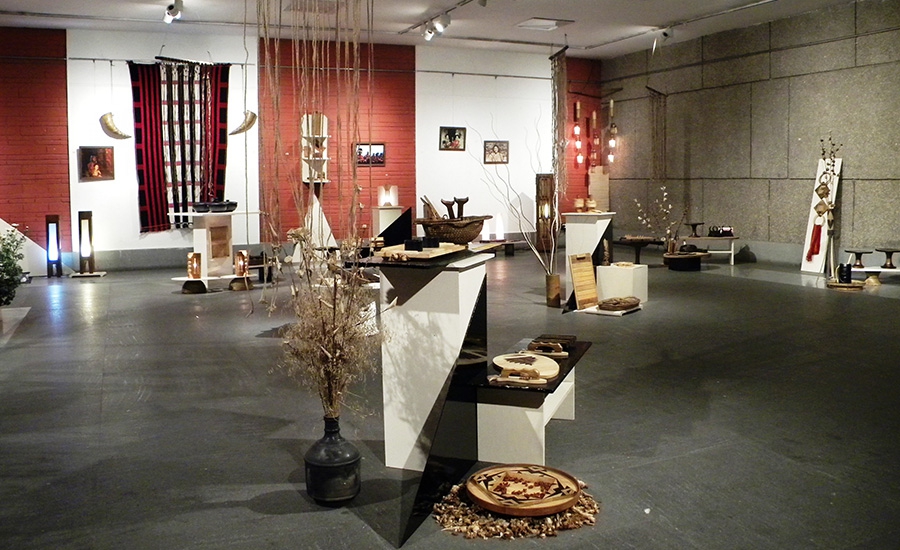
Bamboo has a special place in Ritu Varuni’s life. For the past 18 years, Varuni has been extensively researching, developing and using bamboo to create artefacts as well as in buildings that she makes as an architect. The trained architect from the Institute of Environmental Design, D.C PatelSchool of Architecture, Gujarat,has represented India at a number of international bamboo congress including the Vth and VIth International Bamboo Congress held in San Jose, Costa Rica, (November, 1998). After years of research, a large part of it done in Assam and Nagaland, her brand E’thaan continues to tell stories of beauty and magic of the Northeast.
What is the concept behind E’thaan?
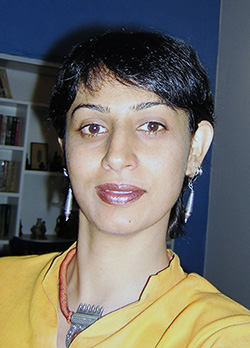 From the old is born the new. ‘E’thaan’ is a Lotha Naga word for something`new’. Lotha is one of the Naga communities in Nagaland. E’thaan stands for creative contemporary Indian design rooted in traditional skills but infused with a new spirit. Indian design like the word ‘Indian’ stands for many things. It is not typical or singular but diverse in style and content as the many peoples and cultures it represents. It is an initiative to create a path that leads away from the typical abstract style of the steel and glass much in vogue today. E’thaan is a small attempt to preserve Indian craft skills and keep them alive through creative designs.
From the old is born the new. ‘E’thaan’ is a Lotha Naga word for something`new’. Lotha is one of the Naga communities in Nagaland. E’thaan stands for creative contemporary Indian design rooted in traditional skills but infused with a new spirit. Indian design like the word ‘Indian’ stands for many things. It is not typical or singular but diverse in style and content as the many peoples and cultures it represents. It is an initiative to create a path that leads away from the typical abstract style of the steel and glass much in vogue today. E’thaan is a small attempt to preserve Indian craft skills and keep them alive through creative designs.
Are you a believer in tradition or prefer the modern in arts and crafts?
The potter’s wheel may be mechanised but the pot can only be shaped by the hands. I believe in working with our hands. To let go of our hand-skills is to let go of our humanity in a way. Hand-skills is not only important but irreplaceable.
When and how did E’thaan begin?
E’thaan was started in April 2004 as a small unit by me and my late founder partner and dear friend Bharati Chadha. She passed away on 26 December 2011 after a sudden heart attack. E’thaan has a team of design associates who collaborate with us on projects and exhibitions.E’thaan design studio showcases our design work based on the exploration and development of different Indian craft techniques.
How would you prefer to be known – as an architect or simply a designer?
I guess I am both an architect and a designer, though I think the first includes the second. Though I trained as an architect, my work gradually turned towards craft and furniture design. I believe that craft is directly related to architecture.
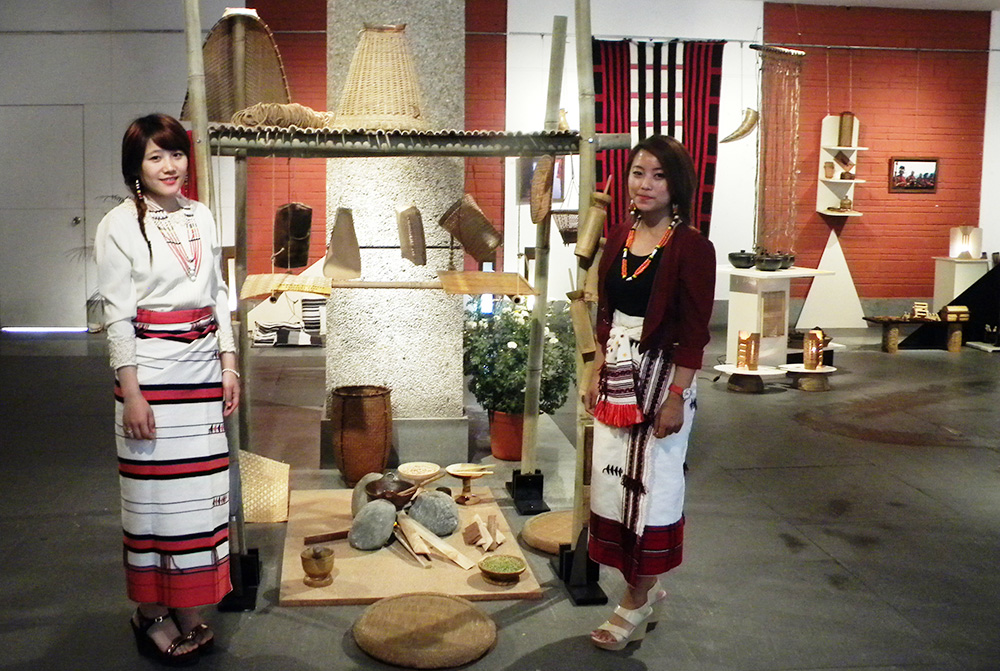
Tell us more about the products that E’thaan makes and how is it different from others.
E’thaan designs bamboo, wood and stone-based products, lights, tableware and interiors with craft inputs. We work with the many exciting and varied Indian craft traditions from Nagaland to Kashmir and seek to create an Indian design identity that we can call our own.Our work is solely based on fair trade principles and natural materials.
At E’thaan, the artisan’s skill and designer’s creativity come together in original design with a distinctly Indian flavour. The artisans who work and partner with us are paid according to a certain standard, in recognition of their hand skills. These skills can only be preserved if they get the respect that is their due. We cannot and do not believe in competing with industry. We believe craft has its own space and place and defines a way of life.
Tell us more about your works in/of Nagaland vis-a vis the Northeast India
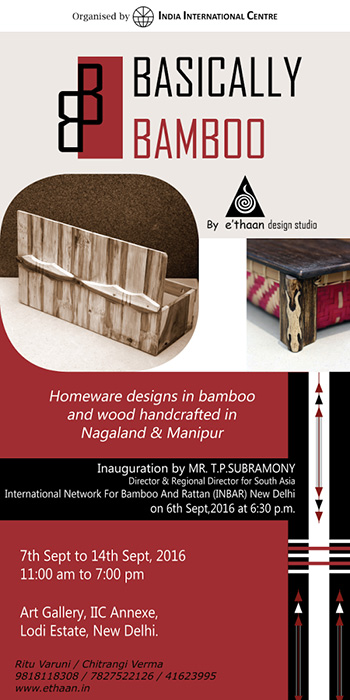 I work with artisan partners in many states of the North-east. Currently, I am focusing on Nagaland. Naga Roots is one such initiative. We have an annual theme-based design exhibition of a new collection every year at the India Habitat Centre, New Delhi.Nungshi Renba, our main master artisan partner in Nagaland and craft instructor must be acknowledged as the hand behind Naga Roots. He is the one who has made our designs. I have a 13-year-old work relationship with him and look forward to a lifelong one.
I work with artisan partners in many states of the North-east. Currently, I am focusing on Nagaland. Naga Roots is one such initiative. We have an annual theme-based design exhibition of a new collection every year at the India Habitat Centre, New Delhi.Nungshi Renba, our main master artisan partner in Nagaland and craft instructor must be acknowledged as the hand behind Naga Roots. He is the one who has made our designs. I have a 13-year-old work relationship with him and look forward to a lifelong one.
When did your Naga connection begin?
My association with Nagaland is far older than E’thaan.In 1991, I lived in Mon and Zunheboto for a year as a student, working on my research thesis for a degree in architecture. It was there and then that my design journey truly began and led to the path where I am today.That wonderful year in Nagaland followed by many subsequent visits sincethen have influenced, transformed and taught me. It subsequently shaped my life and work. One of my theme exhibition,‘Naga Roots’, is actually a celebration of my Naga roots! It was a very personal exhibition in a sense. Nagaland is one of my many homes in India and definitely my most favourite one. I am proud to be a Naga - a Naga by choice if not by birth.
There are many stories related to Nagaland. I remember once sitting on the highway on a Sunday with a dobashiafter walking 9 km from a village visit waiting for our jeep. I drank tea at a stranger’s place while my wet socks dried and steamed the room I do remember being offered many mithun to marry a chief’s son, which was most flattering. I told him (the chief) that I needed some forest to go with the mithuns or I would not have anywhere to keep them! He was so amused by my answer that he doubled the mithun quantity.
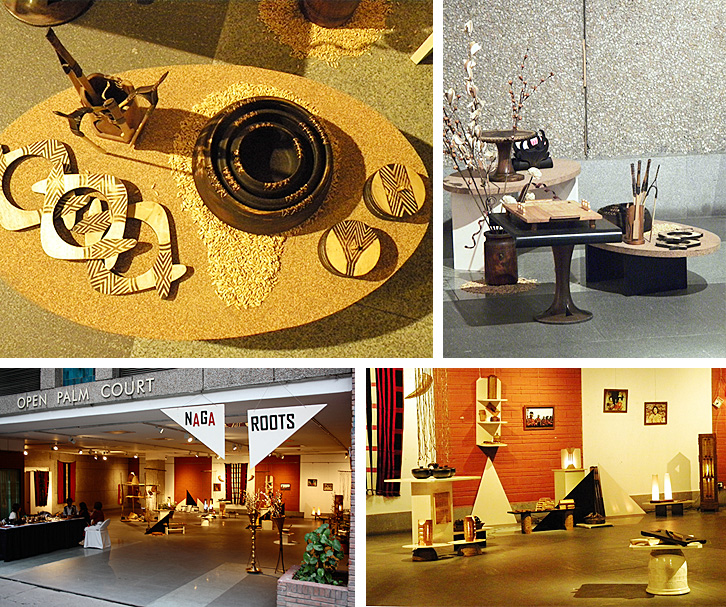
Have you faced any major problems while working on the crafts?
Timelines and transportation were a big challenge when working in Nagaland in particular.

